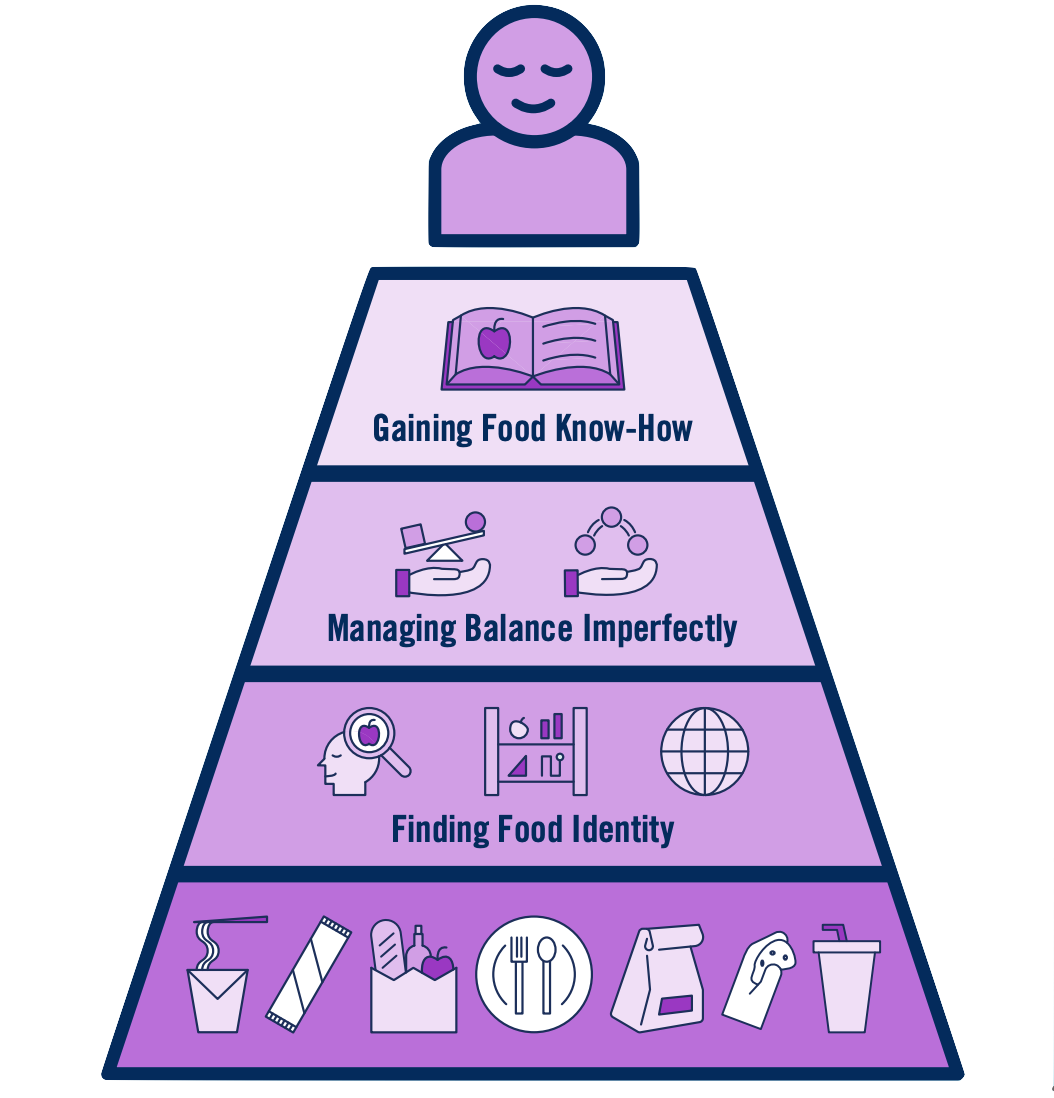Food for Student Self-Fulfillment: Examining the Role of Food Insecurity on Campus
The Food Insecurity project began during our 2019-2020 Design Thinking Experience Program (DTEP) , and was worked on by three separate teams over the course of 2019-2020 to ensure that we were hearing from a diverse scope of students and community members to truly understand needs in food insecurity. This has allowed us to bring new perspectives and be flexible in exploring and understanding why student food insecurity exists within higher education.
Fall/Winter 2020-2021
What is the student perspective on food?
We took a person-centered, qualitative approach to food experiences of UofT students to better understand their eating experiences and issues of food insecurity. We focused on individual student stories of food experience, what they liked, chose, and and what challenges they encountered.
KEY FINDINGS
When aligned with their basic needs, eating experiences can satisfy students' hunger and support their wellbeing, leading to their self-fulfillment
By identifying & recognizing the complexities and core elements elements of food insecurity, we could locate the short and long-term implications food insecurity had on students’ academic success, future endeavours, health and overall well-being.
Food for self-fulfillment can be understood through three themes:
- Finding Food Identity
- Managing Balance Imperfectly
- Gaining Food Know-How

